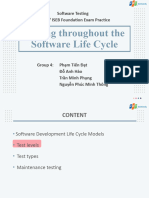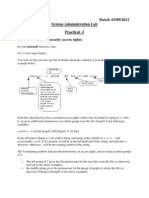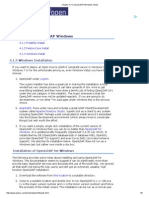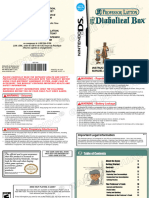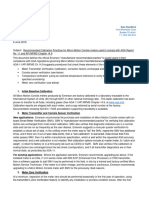0% found this document useful (0 votes)
29 views8 pagesObject-Oriented vs. Conventional Testing
Object-oriented testing focuses on testing individual classes rather than entire systems. It emphasizes isolating tests to specific objects or classes and simulating their behaviors using mock objects. This allows object-oriented testing to test compositions and interactions between classes. Object-oriented testing is often more complex than conventional testing but can detect defects that conventional testing may miss by focusing on individual class behaviors rather than overall system functionality.
Uploaded by
mikeyykunn0807Copyright
© © All Rights Reserved
We take content rights seriously. If you suspect this is your content, claim it here.
Available Formats
Download as DOCX, PDF, TXT or read online on Scribd
0% found this document useful (0 votes)
29 views8 pagesObject-Oriented vs. Conventional Testing
Object-oriented testing focuses on testing individual classes rather than entire systems. It emphasizes isolating tests to specific objects or classes and simulating their behaviors using mock objects. This allows object-oriented testing to test compositions and interactions between classes. Object-oriented testing is often more complex than conventional testing but can detect defects that conventional testing may miss by focusing on individual class behaviors rather than overall system functionality.
Uploaded by
mikeyykunn0807Copyright
© © All Rights Reserved
We take content rights seriously. If you suspect this is your content, claim it here.
Available Formats
Download as DOCX, PDF, TXT or read online on Scribd
/ 8











































